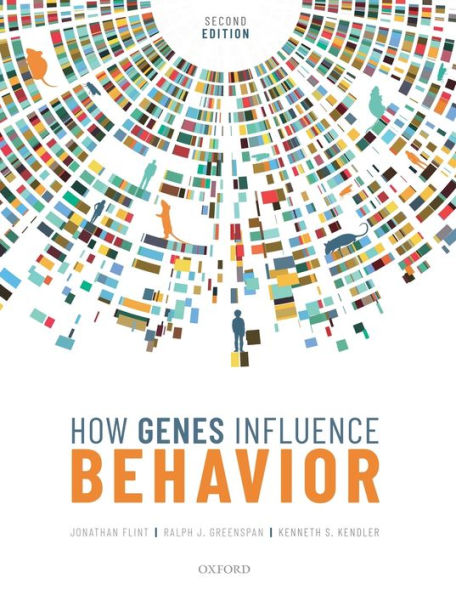5
1
9780198716877


How Genes Influence Behavior 2e / Edition 2 available in Paperback

How Genes Influence Behavior 2e / Edition 2
- ISBN-10:
- 0198716877
- ISBN-13:
- 9780198716877
- Pub. Date:
- 03/23/2020
- Publisher:
- Oxford University Press
- ISBN-10:
- 0198716877
- ISBN-13:
- 9780198716877
- Pub. Date:
- 03/23/2020
- Publisher:
- Oxford University Press
69.99
In Stock

Product Details
| ISBN-13: | 9780198716877 |
|---|---|
| Publisher: | Oxford University Press |
| Publication date: | 03/23/2020 |
| Edition description: | 2nd ed. |
| Pages: | 392 |
| Product dimensions: | 9.60(w) x 7.40(h) x 0.70(d) |
About the Author
From the B&N Reads Blog
